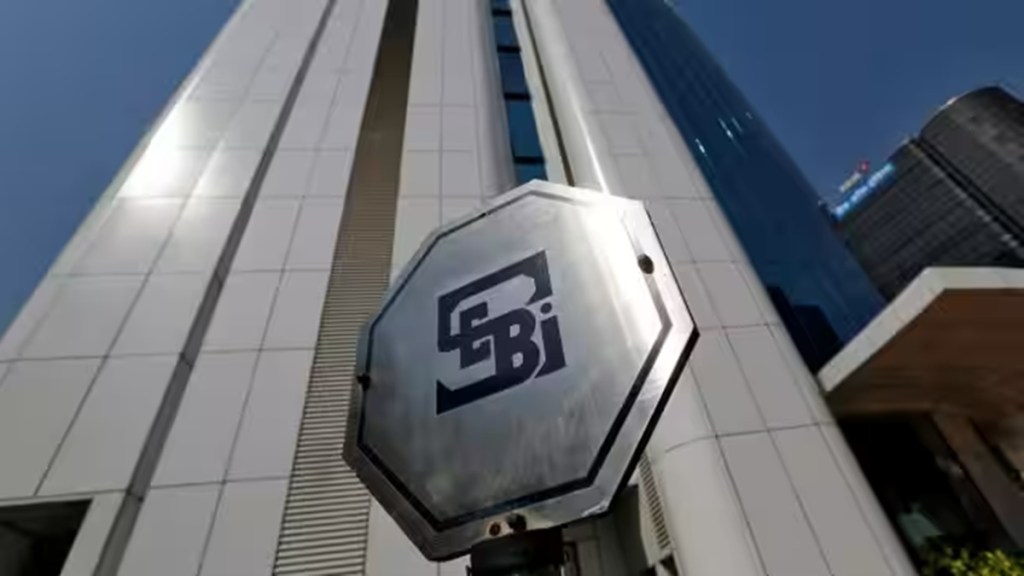Small and medium enterprises (SMEs) have taken the stock market route with a vengeance in the past couple of years. Around 250 companies have raised over Rs5,500 crore through initial public offerings (IPOs) in the last two years. That is over 40% of the total money raised through SME IPOs so far. Till September-end 2023, as many as 833 SMEs have raised Rs12,924 crore since the launch of exchanges in 2012, according to data from the Securities and Exchange Board of India. The enthusiasm of investors has been clearly reflected in how these issues have been over-subscribed—250 times in some cases.
This is good news for many reasons. Earlier, there was little confidence among investors in SMEs because of the belief that many of these companies could go bust. The fear was justified given the bad experience that many investors have had due to various stock market scams. However, with more companies raising money through this route now, there is rising investor confidence in the quality of companies as well. In addition, these companies have found a new, cheaper route to raise funds. Their dependence on high-cost funds for banking or other channels will come down substantially. Using equity money to expand business will make life simpler for many promoters.
From the perspective of the stock market players, however, it is both good as well as bad news. While the market is deepening and the chances of getting multi-baggers rise substantially, the inherent downside risk of losing money can’t be wished away as the business may deteriorate in the future. Investing in these stocks, many say, is akin to behaving like a venture capitalist who puts money in a bouquet of companies where the likelihood of success rate might be as low as 10%-20%. But those few successful companies more than make up for losses in all the others. So, clearly, it is a very risky segment—one that retail investors should avoid. But historically, it has been seen that retail investors like to punt on such stocks, especially since they trade at low prices. Some are even penny stocks. It is good that there is some entry barrier as these stocks trade, even during the IPO, in lots of a minimum of Rs 1-1.5 lakh. In comparison, a main board IPO’s average application size would be much smaller.
Given the rising action in this segment, the regulator has a larger responsibility to ensure that investor enthusiasm is kept under check and the quality of firms getting listed on the platform is vetted properly. Currently, Sebi does not play an active role in vetting the prospectus of these firms unlike IPOs on the main board of exchanges. Their prospectuses are managed and approved by stock exchanges. Given that the companies are rather small in this category, setting up of a different department for vetting such IPOs may be an additional burden on the regulator—which it may not wish to undertake as of now. But, an occasional rap from it—like what happened last week when after a meeting with Sebi, the exchanges said that these stocks will come under the framework of additional surveillance measures (ASM) and trade-to-trade settlement subject to certain changes—is needed to curb volatility and speculative trading. Such curbs, though they may hurt liquidity and investor interest in the short run, seem necessary to protect retail investors.


